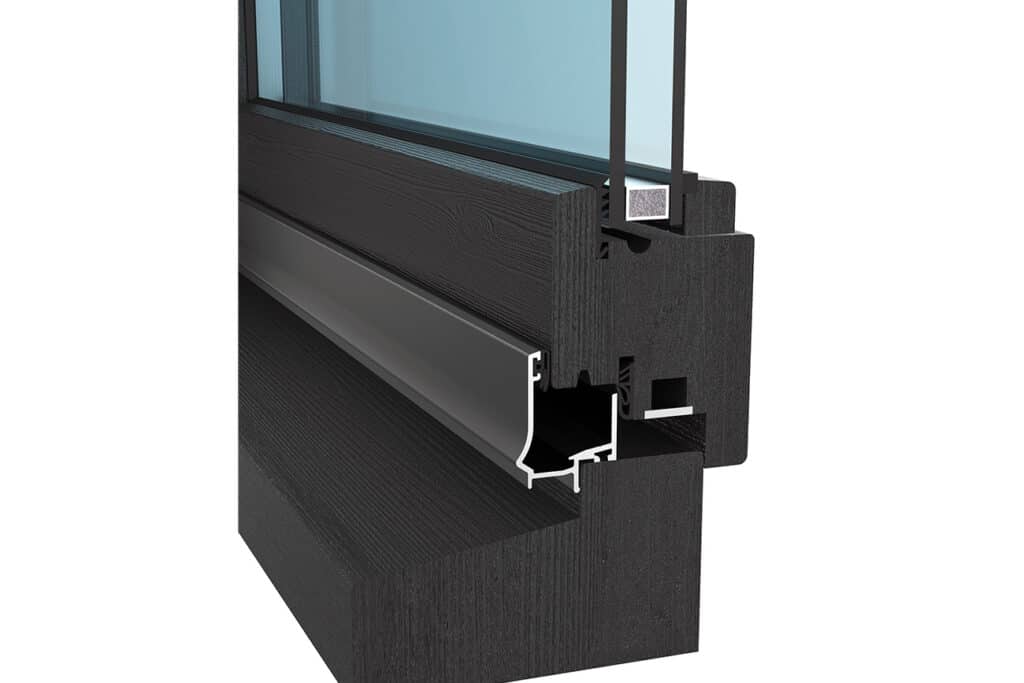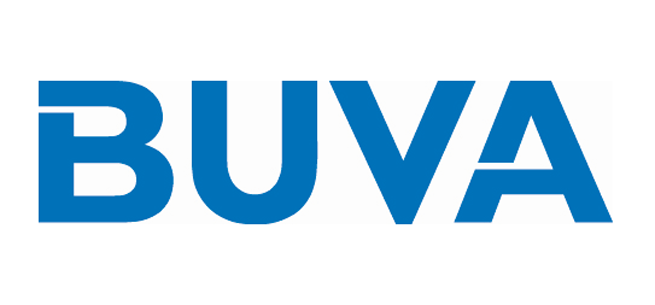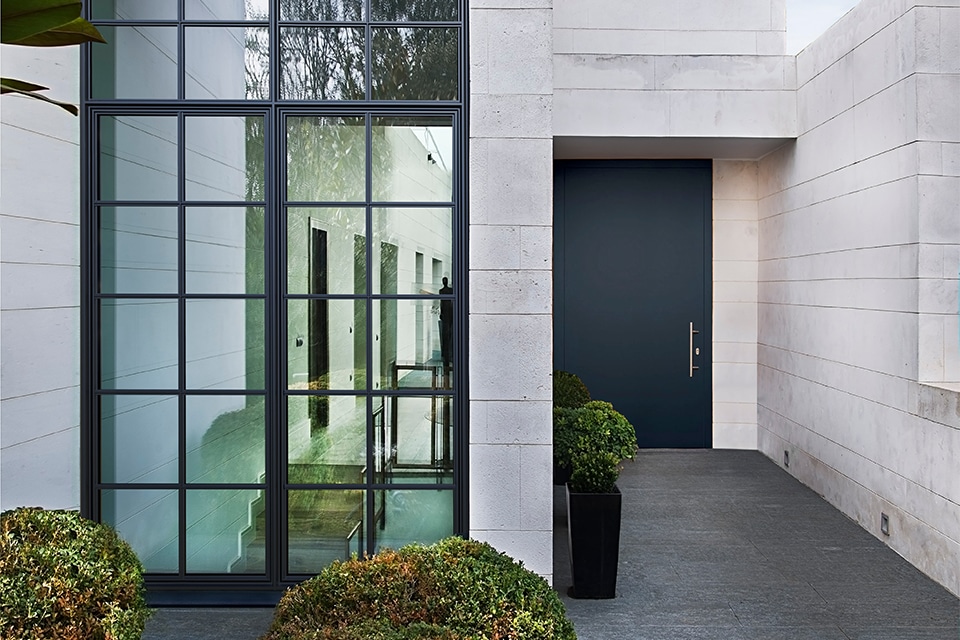
Introduction of dry glazing for the carpentry industry
Innovate to accelerate housing construction
Since BUVA was founded in 1946, innovation has been at the heart of creating a safer and healthier living environment. The company does this not only by developing sustainable and intelligent products, but also through smart process innovations. With the introduction of dry glazing, BUVA has succeeded in accelerating the production process for the carpentry industry. The result for the carpentry factory is more efficiency and flexibility in the glazing process.
Tom Meeuwissen has been with BUVA for seven years. He started in 2015 as head of product development. Since 2017, he has been part of the management team. Tom strives to grow his team of product managers, engineers and IoT'ers in such a way that innovative capability is taken to the next level and guaranteed.
"BUVA has tremendous potential to broaden its innovative scope in the coming period with all the developments that are taking place in the market such as circularity, shortage of materials, the Quality Assurance Act and other issues the market is struggling with," Tom indicates. He wants to "continue to facilitate BUVA's partners so that the organization can continue to play a fundamental role of value creation."

Using dry glazing to strive to reduce lead times in carpentry plants
The development of dry glazing fulfills this strategic ambition. Dry glazing is literally glazing without sealant. "Actually, the term is not quite correct. Pragmatically, and in order not to compromise the performance requirements, we kept the holding sealant. We found no process improvement, in both cost and speed, to eliminate it."
One of the solutions to meet housing demand in the Netherlands is to reduce construction time. This can be done through industrial construction and standardizing construction processes in housing factories, for example. "With dry glazing, the drying time is taken out of the glazing process, allowing faster delivery and uniform quality," Tom argues.
Tom continues: "As a carpentry industry you depend on kitters, professionals with specific knowledge, quality and skill. These people are not always available which sometimes makes you vulnerable as a factory. The principle of dry-glazing not only shortens production time but also improves flexibility. An additional advantage is that sealant residue is totally eliminated."

Innovation starts with an idea, therefore lots of coordination with key players
"We started dry glazing at the time based on a principle of a German manufacturer. They looked at glazing through the eyes of the consumer, which focused mainly on design. BUVA looks at it through the eyes of a joinery. Our goal is to simplify and industrialize the process. That's a totally different concept," said Tom.
The carpentry industry had been talking about dry glazing for some time, as people looked at developments in the plastics industry. In this industry, dry glazing has been used for years. It is a completely different business, but the question has been around for some time. However, little was done with the market demand and BUVA jumped into that gap.
"We took a lot of advice from the market and we went to quite a few of our customers to brainstorm. We did quickly find out that the more carpentry shops you talk to, the more specific requirements there are. In the end, with an eye to speeding up the development process, we chose to just start and start the KVT+ detailing."
"We were really surprised by the enthusiasm of all the carpentry factories we met with. They were all willing to give an insight into their production processes. This gave us a lot of input for our development and we were given many materials to test." For KVT+ detailing, the dry glazing concept will be introduced in late 2022. KVT detailing will follow in early 2023.
Contact your account manager to learn more about dry glazing and how it can add value to your business.
Heeft u vragen over dit artikel, project of product?
Neem dan rechtstreeks contact op met BUVA.
 Contact opnemen
Contact opnemen




